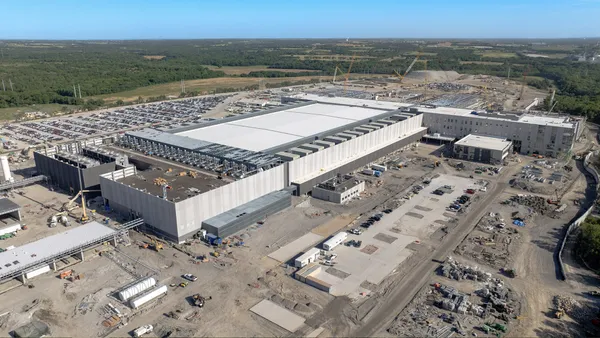The construction boom in the life sciences sector appears to be cooling off, according to a CBRE trends report.
Construction activity in the sector surged following the onset of the COVID-19 pandemic, as demand for lab and research and development space skyrocketed. Net absorption peaked in the third quarter of 2021, driven by a rush to build new facilities, with developers delivering millions of square feet to meet this demand, according to the report.
Now, contractors are likely seeing fewer speculative projects, as developers increasingly wait to secure tenants before moving forward with new construction projects due to rising costs and oversupply.
That is leading to a significant slowdown in new life sciences construction activity, according to CBRE. Life sciences space under construction peaked at nearly 40 million square feet in the second quarter of 2023, but has since dropped to around 21.2 million square feet in the second quarter of 2024.
About 72% of that space under construction remains unleased. That shows the ongoing oversupply challenge in the sector, said Matt Gardner, CBRE Americas life sciences leader.
“Cooler heads are prevailing,” said Gardner. “Lab landlords are returning to the pre-2021 approach to development, reflecting the realization that the temporary peak was an aberration, not a new normal.”
Life sciences construction peaked in Q2 2023
Rising costs are adding additional pressure too, according to Gardner.
Life sciences construction costs have surged by 20% to 25% since pre-pandemic levels. That reflects both higher material prices and increased building expenses, especially for specialized spaces like cleanrooms and vivariums, according to the report. Those costs have jumped as much as 50%.
Contractors also face longer lead times for critical specialty equipment, which have extended by 10 to 20 additional weeks.
Office-to-lab conversions, once a key driver of activity, have also declined, according to CBRE. After peaking at 35% of all life science construction projects in the first quarter of 2022, conversions dropped to about 20% of activity in the second quarter of 2024.













